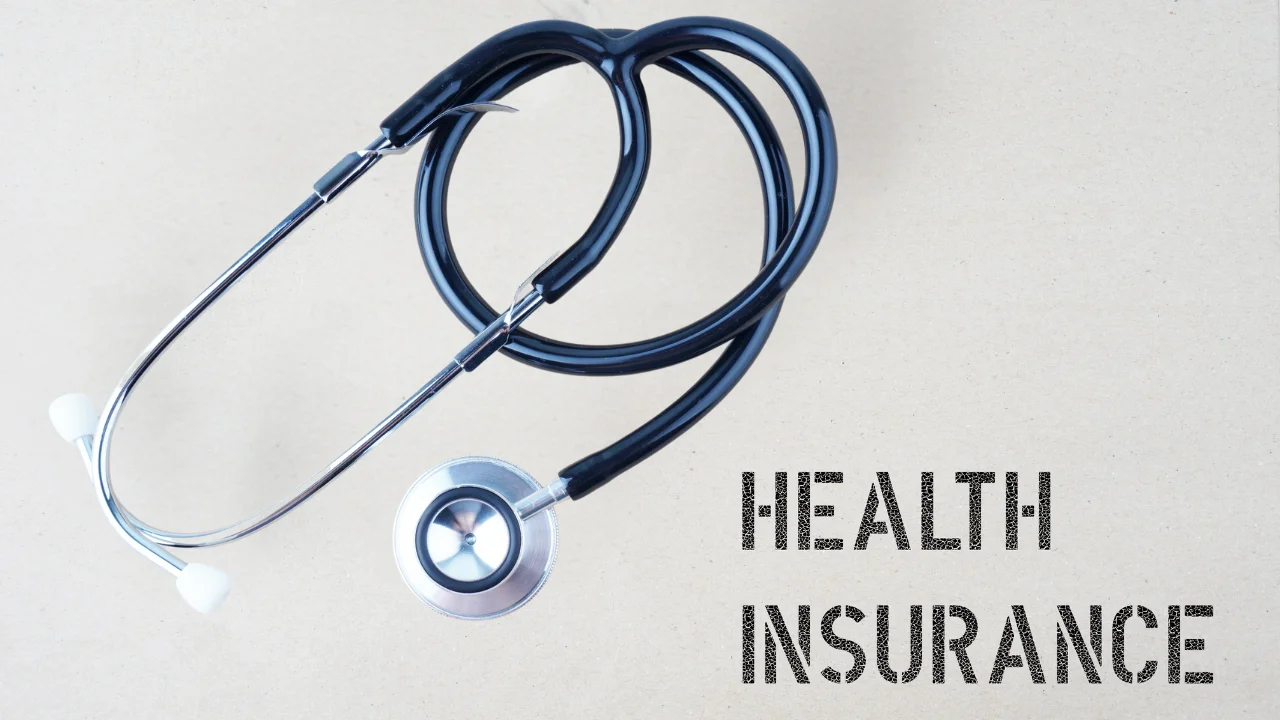In California, Remote Patient Monitoring (RPM) is covered by both Medi-Cal and many private insurance plans. However, the specifics of coverage, such as which services are included, what conditions are eligible, and how providers are reimbursed, vary significantly between the state’s public program and private payers.
California law plays a crucial role by mandating that private insurers and Medi-Cal managed care plans provide coverage for telehealth services, including RPM, that is at least equivalent to the coverage provided for in-person services. This has solidified RPM as a standard component of healthcare delivery in the state.
Here’s a detailed breakdown of what that coverage looks like for Medi-Cal and major private insurers.
Medi-Cal’s Coverage for Remote Patient Monitoring
Medi-Cal, California’s Medicaid program, provides clear guidelines for RPM coverage for its Fee-for-Service (FFS) beneficiaries. As of recent updates, Medi-Cal has established specific billing codes and criteria to ensure that eligible patients can benefit from this technology.
What Services Are Covered?
Medi-Cal covers Remote Physiologic Monitoring (RPM), which involves the collection and interpretation of physiologic data such as weight, blood pressure, pulse oximetry, and respiratory flow rate. It’s important to note that Medi-Cal currently does not cover Remote Therapeutic Monitoring (RTM), which tracks non-physiologic data like medication adherence and pain levels.
Key Requirements for Medi-Cal RPM Coverage:
- Established Patients Only: RPM services are available only to patients who have an existing relationship with the provider.
- Patient Consent: Verbal or written consent for RPM services must be obtained and documented in the patient’s record.
- Medical Necessity: The service must be deemed medically necessary for monitoring a patient’s acute or chronic condition.
- Data Requirements: Data must be collected for at least 16 days out of a 30-day period to be eligible for reimbursement.
- Eligible Providers: Physicians, nurse practitioners, certified nurse midwives, and physician assistants are among the qualified healthcare professionals who can order and bill for RPM services.
Billing Codes for Medi-Cal RPM
Medi-Cal utilizes standard CPT (Current Procedural Terminology) codes for billing RPM services:
- CPT 99453: Initial setup and patient education on using the RPM equipment.
- CPT 99454: Supplying the device for daily recording or programmed alerts (billed every 30 days).
- CPT 99457: The first 20 minutes of remote monitoring and interactive communication with the patient or caregiver within a calendar month.
- CPT 99458: Each additional 20 minutes of monitoring and communication per month.
- CPT 99091: Collection and interpretation of physiologic data by a physician or other qualified health professional, requiring at least 30 minutes of time.
Private Insurance Coverage in California
While California’s telehealth parity law (Assembly Bill 744) ensures that private insurers cover telehealth services, the specifics of their RPM policies can differ. Coverage often depends on the patient’s specific plan, their medical condition, and the insurer’s internal medical necessity guidelines. Here’s a look at the approaches of some major private insurers in the state.
Anthem Blue Cross
Anthem provides one of the more detailed public policies on RPM. They cover both Remote RPM and RTM when deemed medically necessary.
- Medical Necessity is Key: Anthem’s clinical guidelines (CG-MED-91) state that RPM is considered medically necessary for individuals who can benefit from education and support in managing their condition.
- Covered Conditions: Coverage is typically for members with chronic conditions like hypertension, heart failure, or diabetes, where remote data can help manage the condition and prevent complications.
- Billing: Anthem recognizes the standard RPM and RTM CPT codes, but reimbursement is contingent upon meeting their specific medical necessity criteria.
Blue Shield of California
Blue Shield of California integrates RPM into its broader digital health and care management programs. While a single, comprehensive public document outlining their RPM policy is not yet readily available, coverage is evident through their provider’s resources and health management programs.
- Focus on Integrated Care: RPM is often part of larger programs, such as those for managing chronic kidney disease or diabetes.
- Device Coverage: Blue Shield provides coverage for specific medical devices used in RPM, such as continuous glucose monitors (CGMs), under its Durable Medical Equipment (DME) benefits.
- Prior Authorization: Coverage for certain RPM services or devices may require prior authorization to ensure medical necessity.
Kaiser Permanente
As an integrated healthcare system, Kaiser Permanente directly provides RPM services to its members as part of its comprehensive care model rather than reimbursing external providers.
- Embedded Programs: RPM is embedded within Kaiser’s telehealth and chronic condition management programs. For example, they may provide members with devices like blood pressure cuffs or scales that connect to their electronic health record system.
- Proactive Care Management: Kaiser uses the data from these devices to proactively manage patient health, with care teams reaching out to members if their readings are concerning.
- No Fee-for-Service Billing: Since Kaiser operates as both the insurer and the provider, the specific CPT code billing structure is an internal matter. Coverage is determined by the patient’s care team as part of their overall treatment plan.
Comparing Medi-Cal and Private Insurance
| Feature | Medi-Cal | Private Insurers (General) |
|---|---|---|
| Covered Services | RPM only. RTM is not covered. | Often cover both RPM and RTM. |
| Patient Eligibility | Must be an established patient. | May cover for new patients, depending on the plan. |
| Prior Authorization | Generally not required for standard RPM codes. | Often required, especially for long-term monitoring. |
| Flexibility | Policies are standardized across the state for FFS. | Varies significantly by insurer and by individual plan. |
| Commonly Monitored Data | Blood pressure, blood glucose, weight, pulse oximetry. | Similar to Medi-Cal, but may be broader depending on RTM coverage. |
Medi-Cal’s policy structure is governed by a set of clear guidelines. The policy is uniform across the state and is strictly based on a limited set of CMS-approved CPT codes, each with precise definitions, frequency limits, and reimbursement rates. This creates a predictable but inflexible system. The primary mechanism for controlling utilization is through these prescriptive rules and through broad provider-type exclusions, most notably for FQHCs and RHCs.
In contrast, private payer policies are characterized by their flexibility and heterogeneity. Governed by the broad mandate of state payment parity laws, each major insurer has developed a unique strategy. This results in a landscape that is more innovative and responsive to new technologies, but is also more opaque and complex for providers to navigate. Private payers control utilization not through rigid coding rules, but through layers of clinical policy, such as requiring FDA clearance for devices and applying detailed medical necessity guidelines to determine patient eligibility.
The Future of Remote Care in California
Remote Patient Monitoring is no longer a futuristic concept but a present-day reality in California’s healthcare landscape. For patients, it offers the convenience of managing chronic conditions from home, reducing the need for frequent in-person visits and empowering them to take an active role in their health. For providers, it provides a continuous stream of valuable data, enabling more timely interventions and personalized care.
While navigating the differences between Medi-Cal and private insurance policies can be complex, the clear trend is toward broader acceptance and integration of RPM. As technology continues to evolve and healthcare systems seek more efficient ways to deliver high-quality care, Remote Patient Monitoring is poised to become an even more indispensable tool for managing health across the Golden State.
How DrKumo Supports RPM in California
For California providers, compliance and reimbursement are critical when offering Remote Patient Monitoring. DrKumo delivers a secure, HIPAA- and FIPS 140-3–compliant platform that supports Medi-Cal’s CPT codes and meets private insurers’ medical necessity standards. With FDA-cleared devices and easy-to-use apps, DrKumo makes patient monitoring simple for patients while streamlining billing and workflows for providers.
By choosing DrKumo, clinics can confidently run RPM programs that are compliant, reimbursable, and patient-friendly.
Takeaways
RPM is covered in California under both Medi-Cal and private insurance plans, though the rules vary. Medi-Cal enforces clear, standardized CPT code criteria, while private payers rely on flexible, but sometimes opaque, medical necessity guidelines. Providers must carefully navigate these systems to secure reimbursement.
Leveraging a secure, scalable platform like DrKumo helps remove uncertainty, ensuring that patient monitoring programs are both technologically compliant and financially sustainable.
If you’re a California clinic or provider looking to implement or expand Remote Patient Monitoring, contact DrKumo today. Their cybersecurity-first platform is built to meet payer requirements, streamline billing, and improve patient outcomes across the Golden State.
Disclaimer: This article is for informational purposes only and does not constitute medical, legal, or financial advice. Clinics should consult qualified professionals for guidance on Medi-Cal and private insurance reimbursement policies before implementing Remote Patient Monitoring. Patients should speak with their healthcare provider and insurance carrier to confirm eligibility and coverage.








